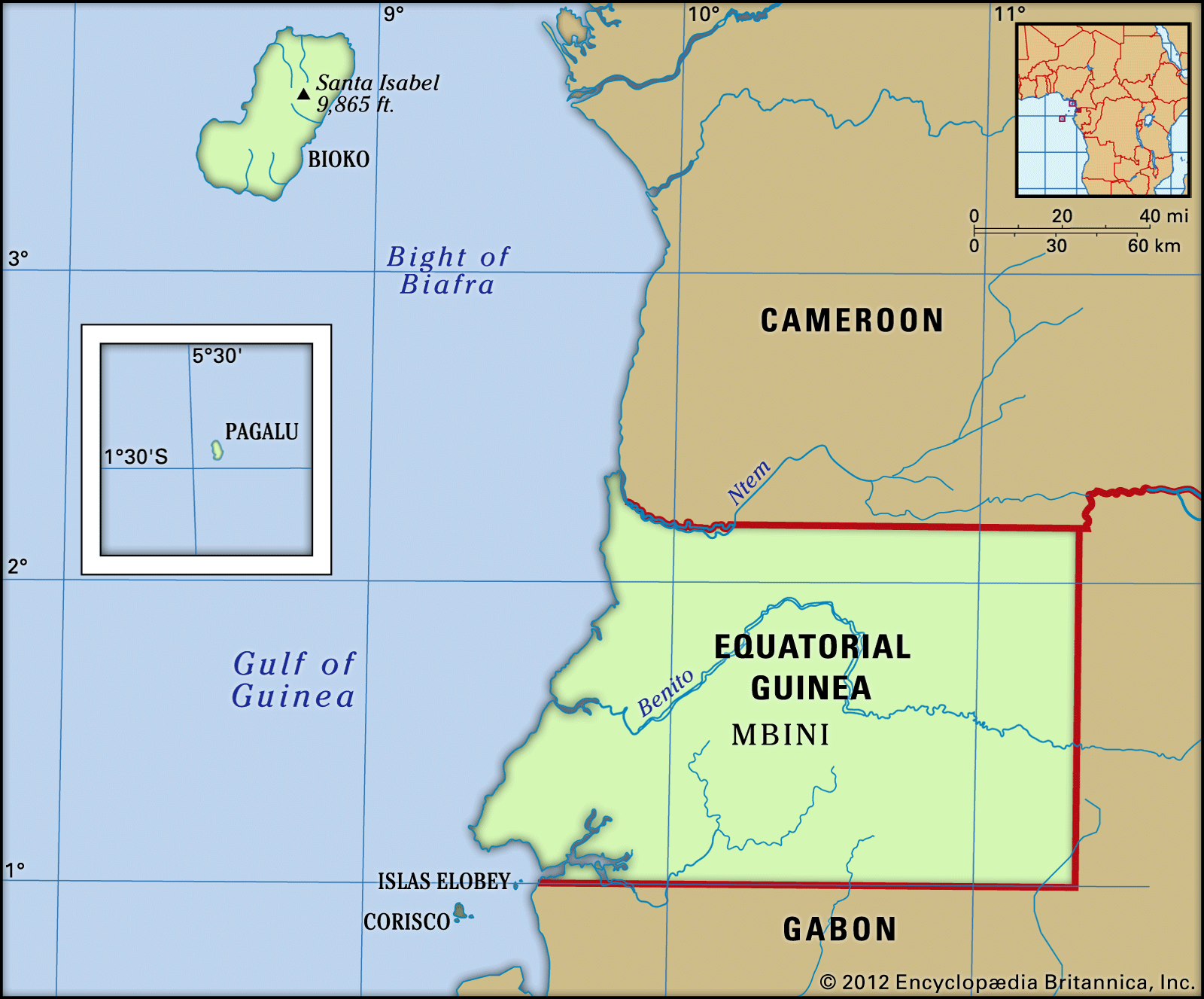This blog is based on the project “Proyecto de dialectos españoles” on LanguageARC. To participate, click here.
To wrap up our blog posts about dialects of Spanish spoken around the world, we will talk about Spanish spoken in Spain and Equatorial Guinea.

Spain
Castilian
Castilian is the main dialect of Spanish. It features "seseo" where the /θ/ sound tends to replace a ‘z’ or soft ‘c’ sound.
Andalusian
Andalusian is spoken mainly in southern Spain. It features frequent dropping of the ‘s’ from the end of words, and of the ‘d’ sound in general.
Murcian
Murcian is found is in the southern part of Spain and is quite similar to Andalusian Spanish. There is a large reduction of syllable-final consonants, and the elision of /d/ from the suffixes -ado/ada, -ido/-ida.
Llanito
Llanito is spoken in Gibraltar and is said to be a fusion of Andalusian and United Kingdom English. The dialect also features words and phrases from Genoa, Malta, and Portugal.
There are other languages as well as Spanish spoken in Spain including Catalan, Basque, and Euskera.

Equatorial Guinea
Spanish spoken in Equatorial Guinea is influenced by Bantu languages and has similarities to Peninsular Spanish.
In Equatoguinean Spanish, the syllable-final /s/ is an alveolar [s], rather than the glottal [h] found in southern Spain and many dialects in Latin America. The intervocalic /d/ is generally pronounced as a stop or a tap. Syllable-final /ɾ/ and /l/ are generally distinguished despite the native Bantu languages not having this distinction, and /ɾ/ and /r/ are merged.
Additionally, in spoken Equatoguinean Spanish, articles are often omitted. The pronoun "usted" can be used with the "tú" verbal conjugation, and "vosotros" and "usted" are often are used interchangeably. There is also a lack of distinction between the indicative and subjunctive moods. Lastly, the preposition "en" replaces "a" to mark a destination ("voy en" instead of "voy a").
